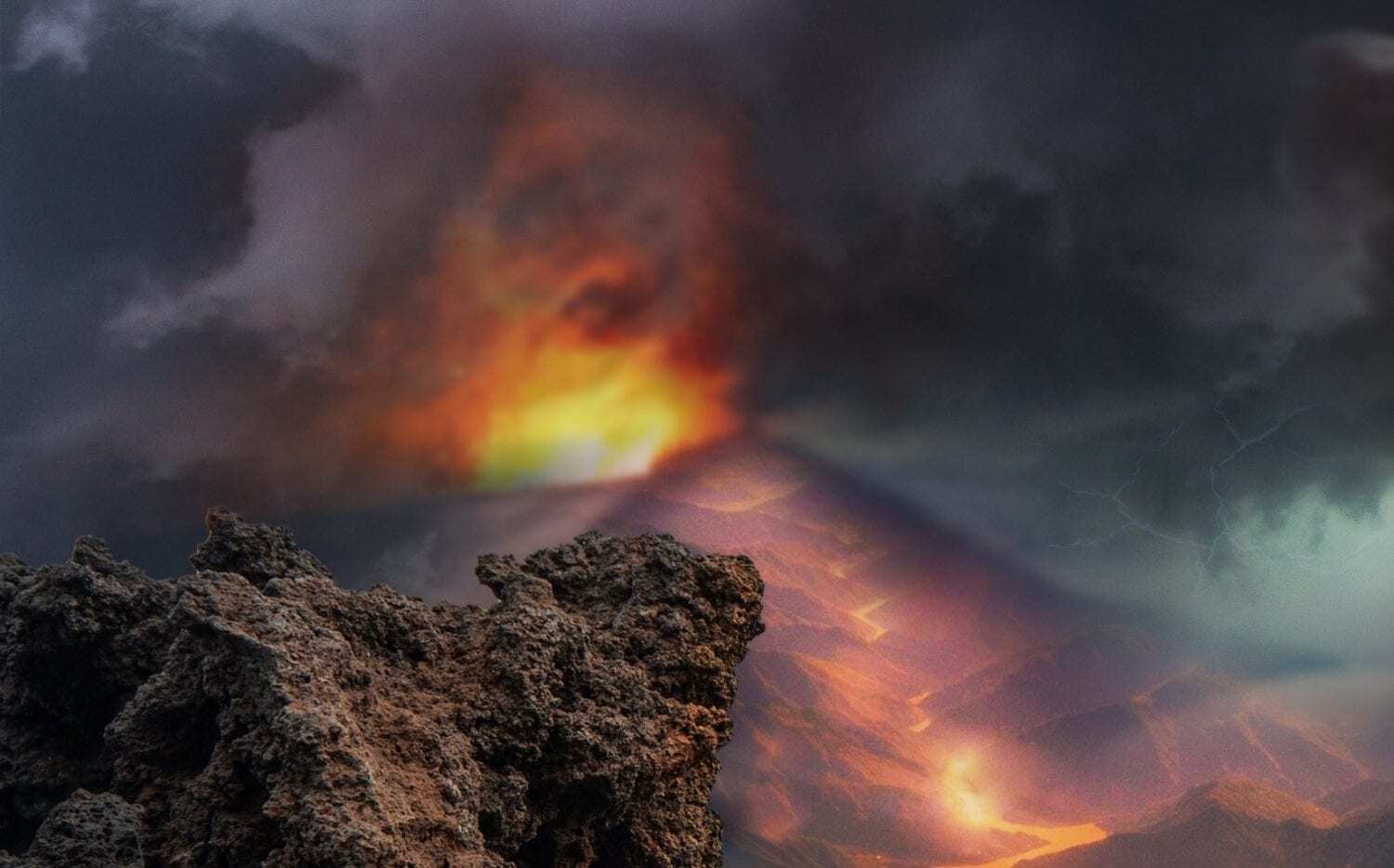In a groundbreaking discovery, scientists from the University of Cambridge revealed that the explosive volcanic activity around 60 million years ago in the North Atlantic was funneled by ancient weak zones in the Earth’s tectonic plates. These “volcanic funnels” directed the heat and molten rock from the Iceland mantle plume, igniting widespread eruptions that shaped the volcanic landscapes stretching from Greenland and Iceland to Scotland and Northern Ireland.
Using advanced seismic tomography, researchers created detailed images of the Earth’s crust beneath the Irish Sea, uncovering a corridor of thin, weakened lithosphere that acted as a conduit for Iceland’s mantle plume. This finding challenges the previous understanding that multiple mantle plumes caused this volcanic eruption, suggesting instead a single source feeding numerous volcanic centers via these underground channels.
The plume’s heat eroded and thinned the Earth’s crust along these routes, leading to enormous basalt formations such as the iconic Giant’s Causeway in Northern Ireland. The study offers new insights into how geological features and seismic activity throughout the North Atlantic were influenced, with implications for understanding current earthquake risks and geothermal energy potential in the region.
Professor Raffaele Bonadio, lead author of the study, stated, “Our findings provide a clearer picture of the Icelandic mantle plume’s role in shaping the ancient volcanic history of the North Atlantic and its lasting impact on today’s geological dynamics.”
This breakthrough deepens scientific knowledge of Earth’s inner workings, revealing how hidden structures under the surface have shaped landscapes and seismic patterns. The discovery also opens new avenues for geothermal resource exploration, promising progress in sustainable energy development.
More than news- Its Icegate

